The new MASP expansion in São Paulo goes tall
Museu de Arte de São Paulo Assis Chateaubriand (MASP) expands with a project named after Pietro Maria Bardi (the institution's first director), designed by Metro Architects
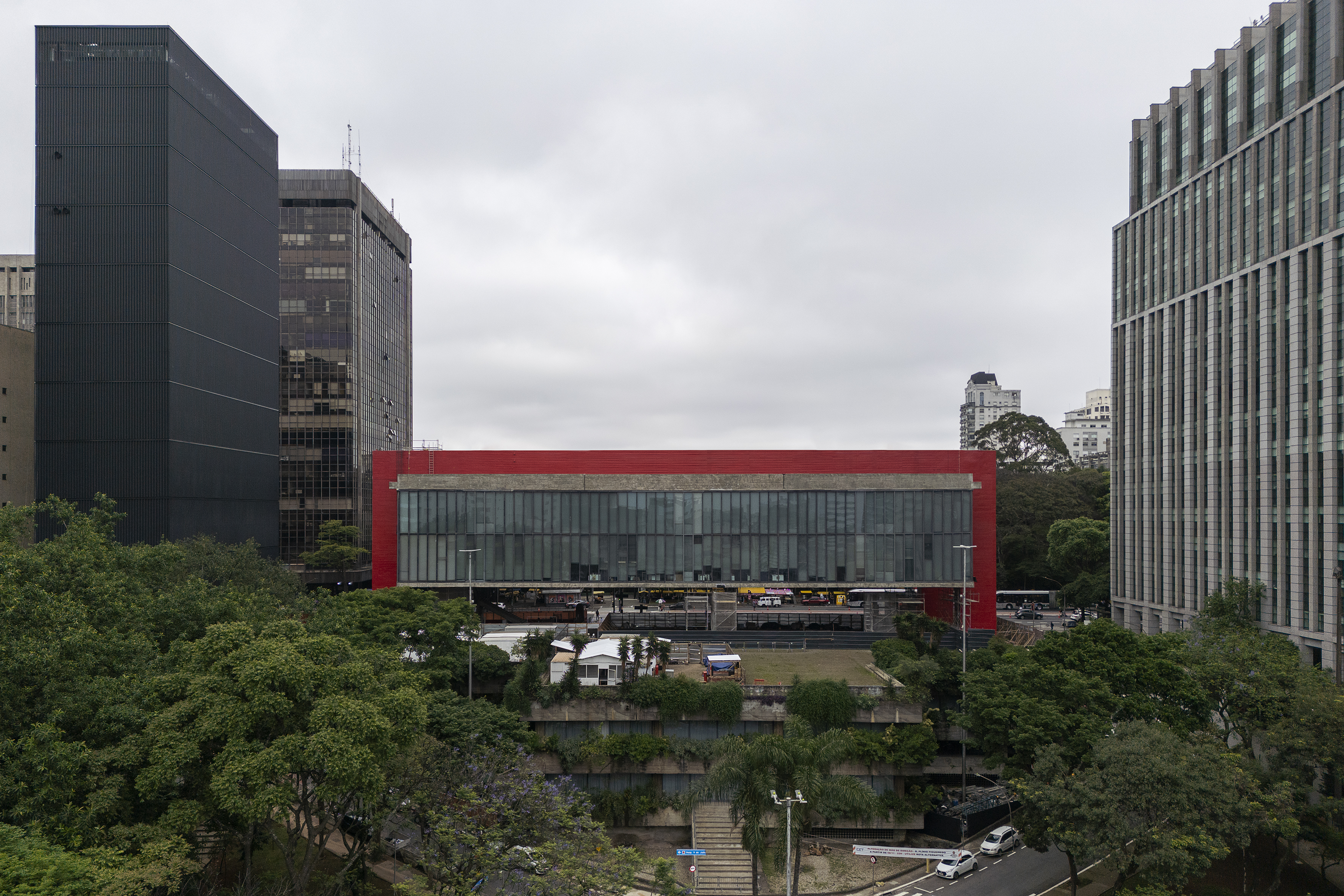
The tall abstract form of the new MASP expansion feels at home in the city of São Paulo – a distinctly vertical metropolis. If you don’t look carefully, from the sky, it can seem like a mammoth collection of buildings, almost indistinguishable from one another. One of the reasons is that in 2007, São Paulo Mayor Gilberto Kassab implemented the 'Clean City Law' which controlled the placement of billboards. Even though some outdoor advertising has crept in over the last 20 years, São Paulo remains less visually polluted than many other cities. It is in this context that one of the county's leading art museums is celebrating its newest addition.
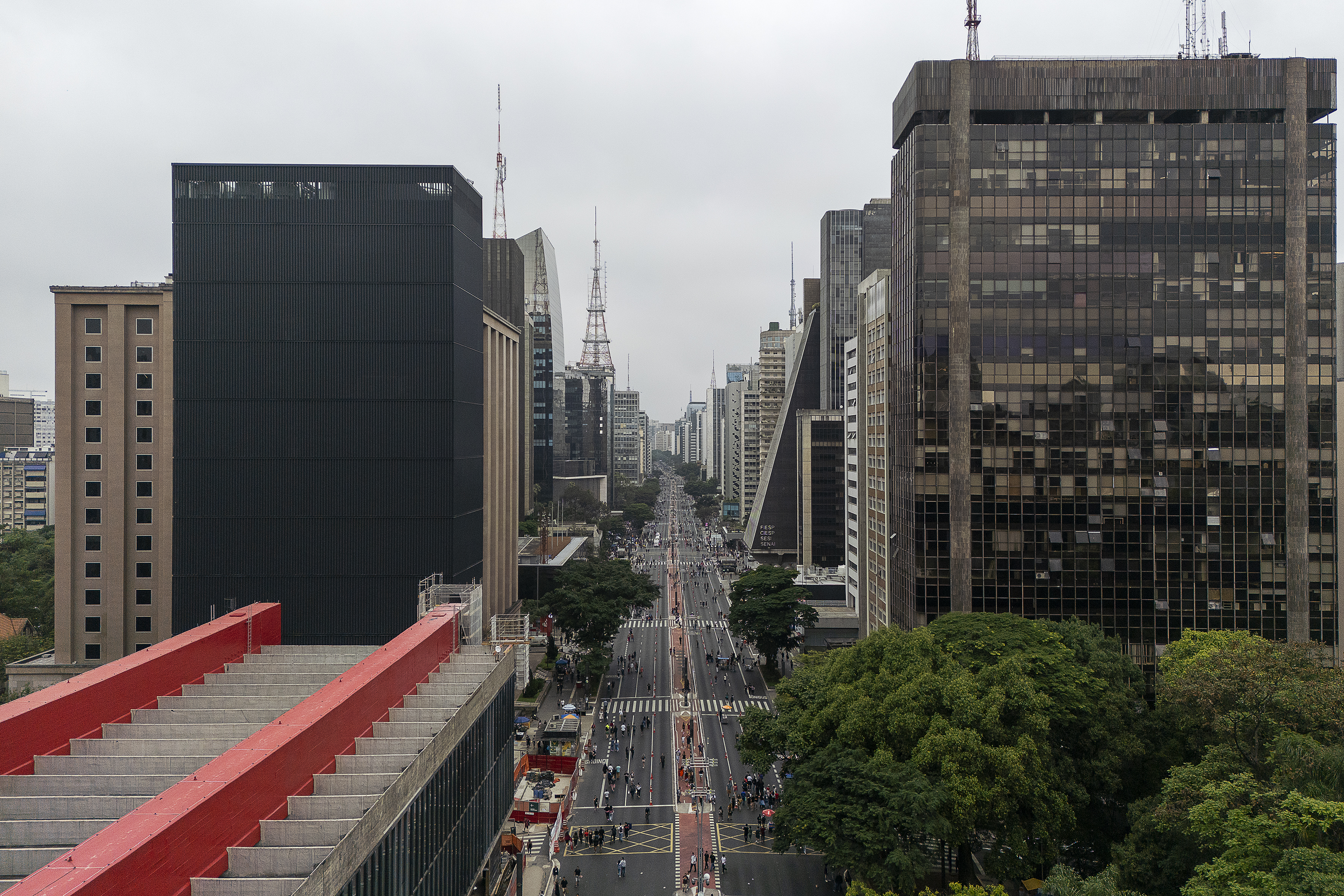
MASP: the history
The Museu de Arte de São Paulo Assis Chateaubriand – aka MASP, the first modern museum in the country – is a private non-profit institution founded in 1947 by Brazilian businessman Assis Chateaubriand. Between 1947 and 1990, the Italian critic and art dealer Pietro Maria Bardi took over the direction of MASP at the invitation of Chateaubriand.
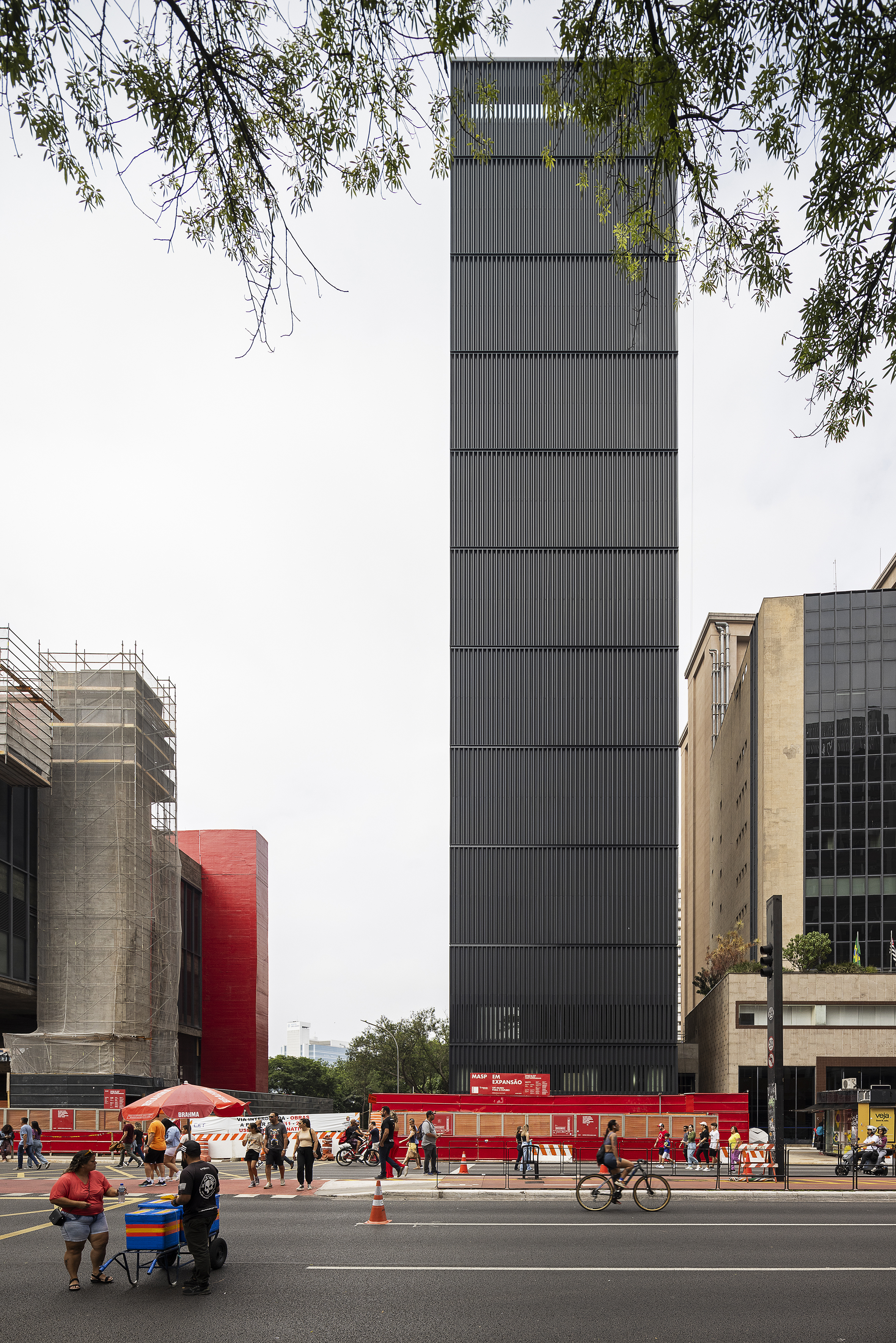
Initially located on Rua 7 de Abril, in the city centre, the museum was transferred in 1968 to its current headquarters on Avenida Paulista, a bold project by modernist architecture master Lina Bo Bardi, awarded the Special Golden Lion at the Venice Biennale in 2021, and a milestone in the history of 20th-century architecture. Using glass and concrete as a base, Lina Bo Bardi created an architecture of rough surfaces without luxurious finishes, which contemplate lightness, transparency and suspension.
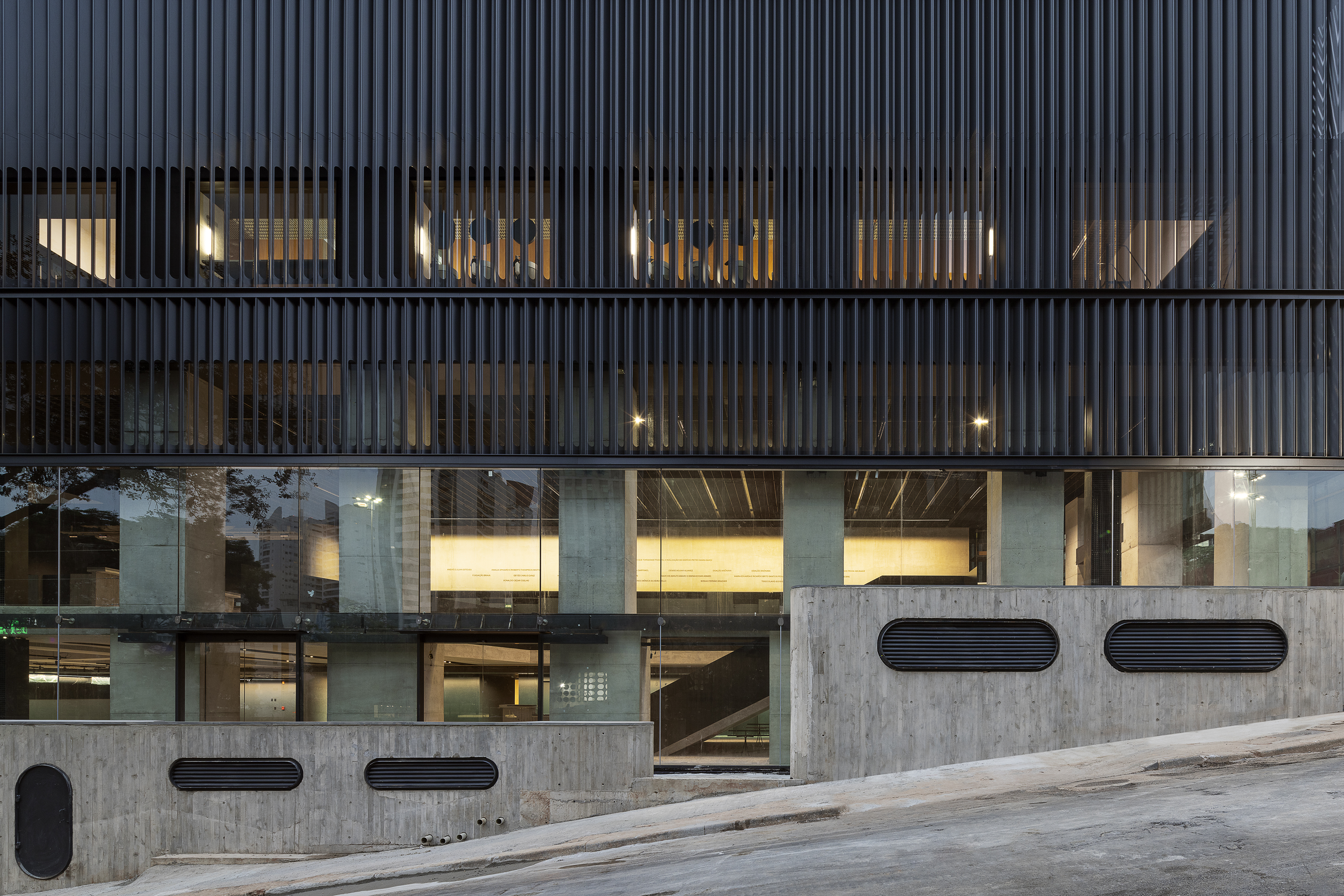
Inside the MASP expansion in Sao Paulo
In 2019, the studio of Metro Arquitetos Associados – led by Martin Corullon and Gustavo Cedroni – was commissioned for an extension to the iconic site. 'From a distance, you don't realise what the building is. And then when you get closer, you start to see the magic of it,' says Cedroni. 'It has a kind of abstraction, as if you see it from far away, and it has no scale. You have no windows that you can recognise to establish the exact size of the building – and that’s unique for the city of São Paulo. We also wanted to do something that is detached from the generic corporate buildings around the Paulista Avenue area.'

'We didn't want to create something very fussy because we wanted to connect with the simplicity of the original building,' adds Cedroni. Spanning 14 floors and 7,821 sq m, the new building will increase MASP's exhibition capacity by 66 per cent. The project includes an underpass that will connect MASP to the new building, facilitating the functional integration between the two buildings and optimizing the flow of the public and the transportation of works of art.
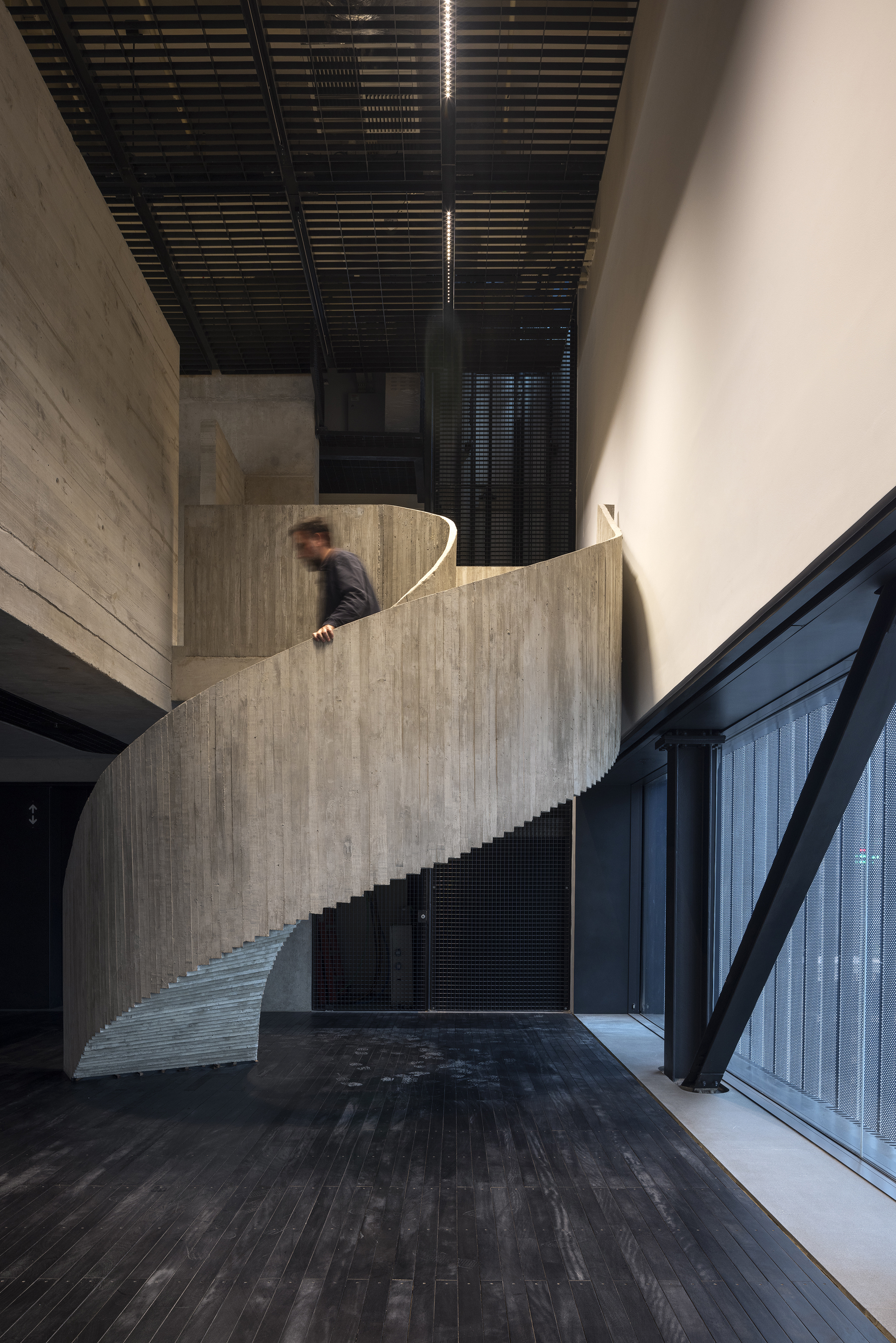
The design respects the scale and language of Lina Bo Bardi's original building (dating back to 1968) and avoids competing with its monumentality. 'It was important for us to consider the relationship the building has with the city,' says Corullon. 'We connected it to the city; it feels physically seamless.'
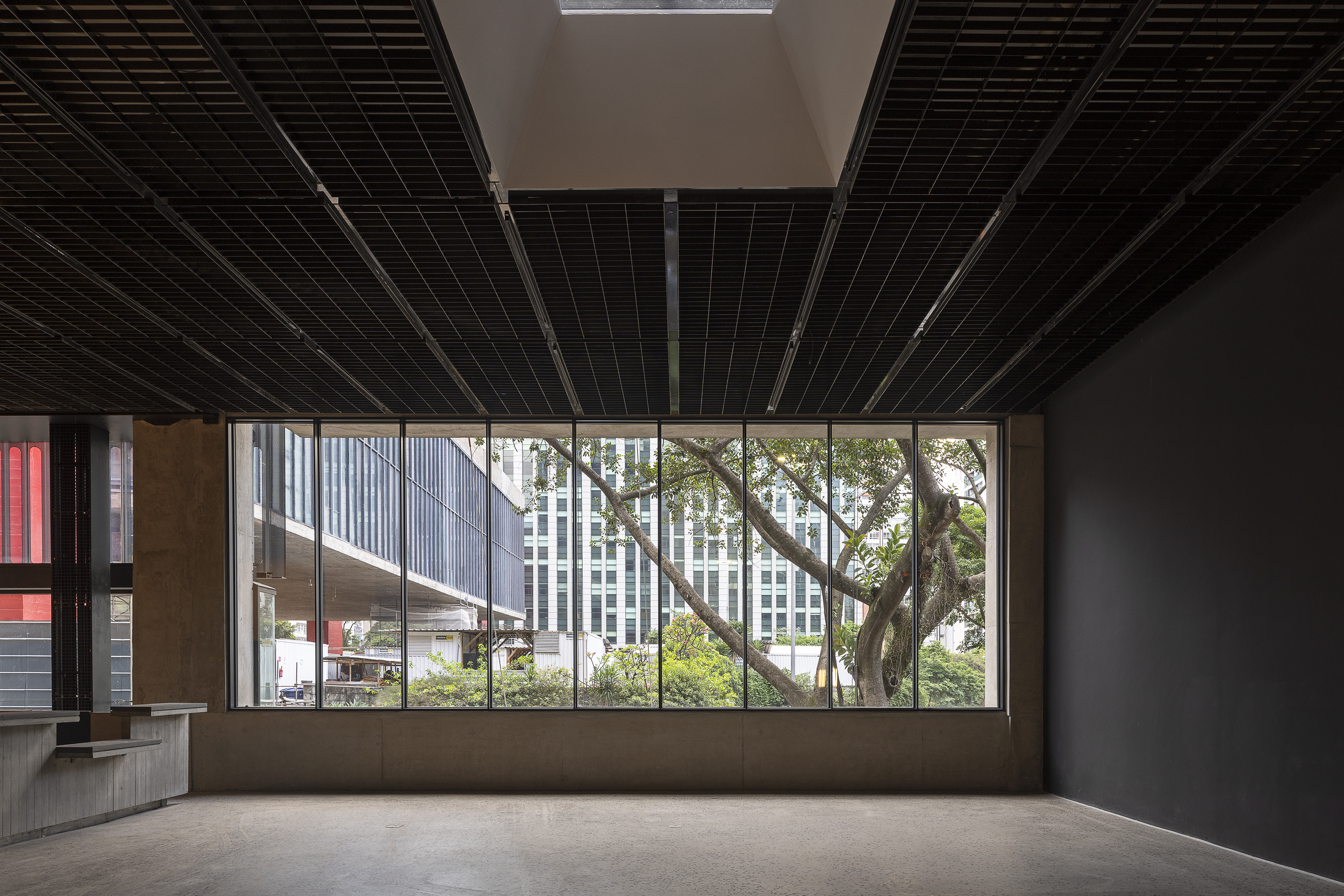
The Pietro Maria Bardi building was designed to contain exhibition galleries, multipurpose areas, classrooms, a restoration laboratory, a restaurant and a café. These new spaces will expand MASP's capacity to serve the public, offering a varied programme of exhibitions, courses, and cultural events. For them, the project reaffirms the importance of the museum for the city of São Paulo and Brazil, offering more space for art, socialisation and dialogue between past, present and future.
Receive our daily digest of inspiration, escapism and design stories from around the world direct to your inbox.
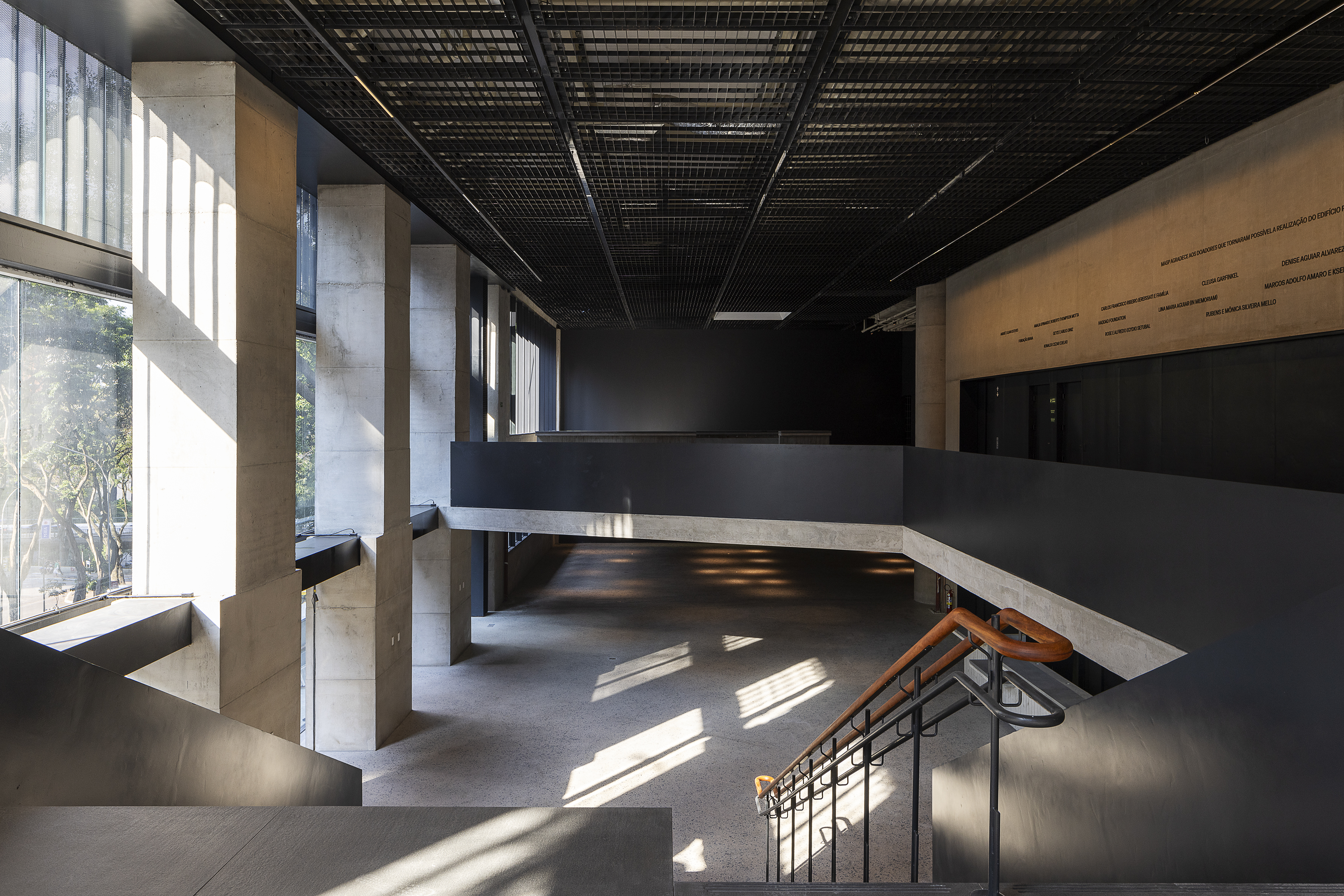
Daniel Scheffler is a storyteller for The New York Times and others. He has a travel podcast with iHeart Media called Everywhere and a Substack newsletter, Withoutmaps, where he shares all his wild ways. He lives in New York with his husband and their pup.
-
 Out of office: The Wallpaper* editors’ picks of the week
Out of office: The Wallpaper* editors’ picks of the week'Tis the season for eating and drinking, and the Wallpaper* team embraced it wholeheartedly this week. Elsewhere: the best spot in Milan for clothing repairs and outdoor swimming in December
-
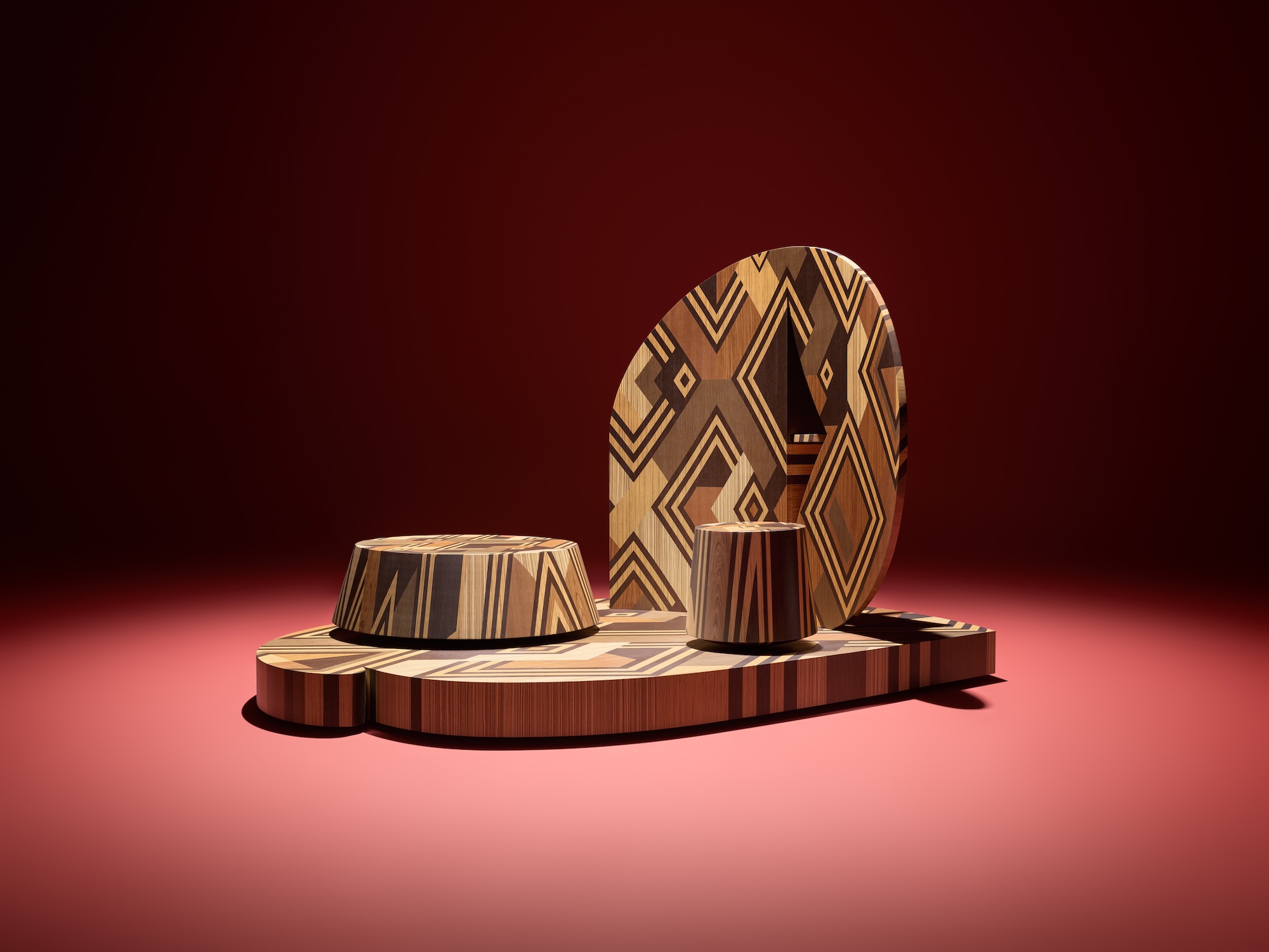 How Stephen Burks Man Made is bringing the story of a centuries-old African textile to an entirely new audience
How Stephen Burks Man Made is bringing the story of a centuries-old African textile to an entirely new audienceAfter researching the time-honoured craft of Kuba cloth, designers Stephen Burks and Malika Leiper have teamed up with Italian company Alpi on a dynamic new product
-
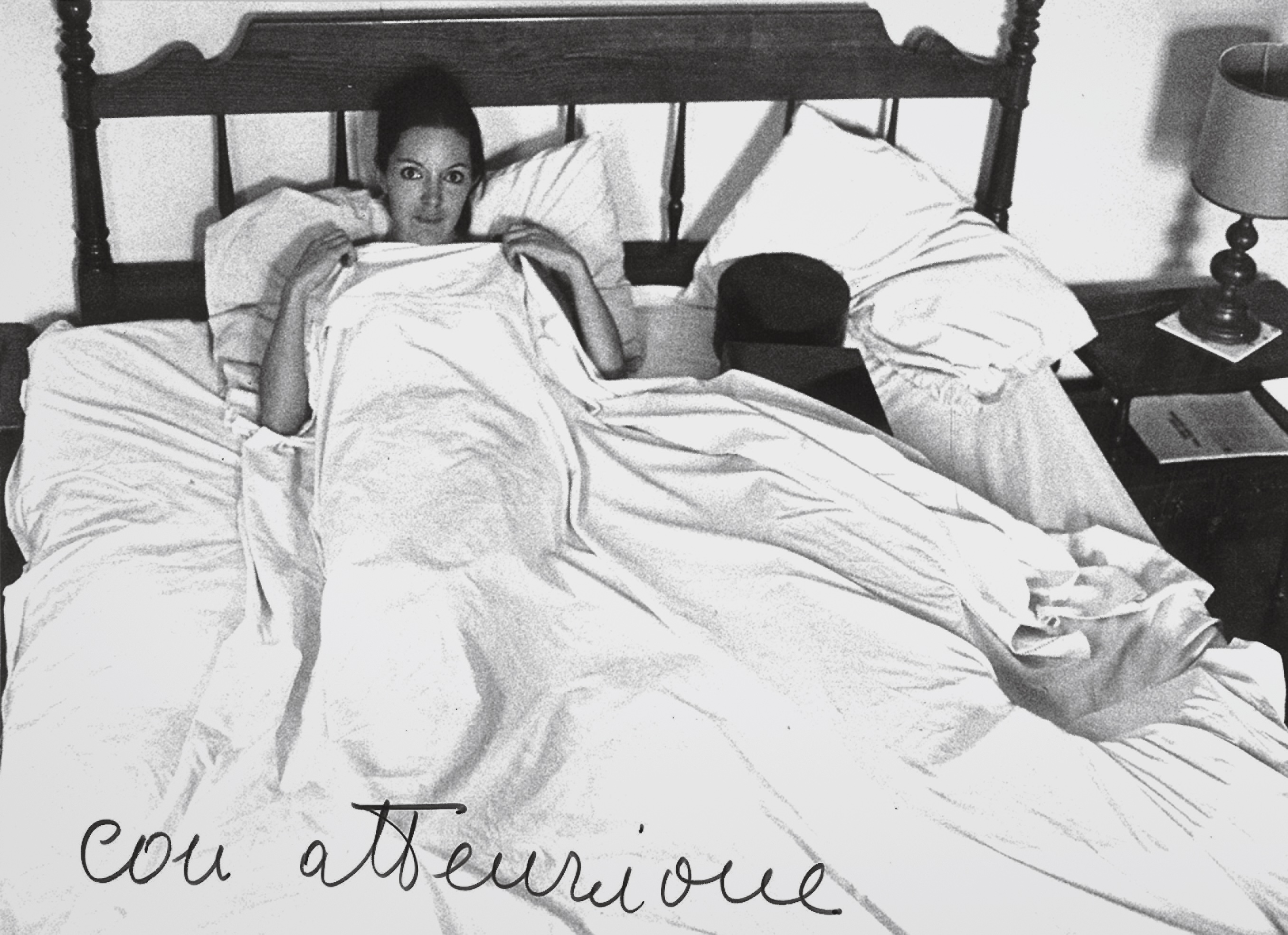 Valie Export in Milan: 'Nowadays we see the body in all its diversity'
Valie Export in Milan: 'Nowadays we see the body in all its diversity'Feminist conceptual artists Valie Export and Ketty La Rocca are in dialogue at Thaddaeus Ropac Milan. Here, Export tells us what the body means to her now
-
 The Architecture Edit: Wallpaper’s houses of the month
The Architecture Edit: Wallpaper’s houses of the monthFrom wineries-turned-music studios to fire-resistant holiday homes, these are the properties that have most impressed the Wallpaper* editors this month
-
 A spectacular new Brazilian house in Triângulo Mineiro revels in the luxury of space
A spectacular new Brazilian house in Triângulo Mineiro revels in the luxury of spaceCasa Muxarabi takes its name from the lattice walls that create ever-changing patterns of light across its generously scaled interiors
-
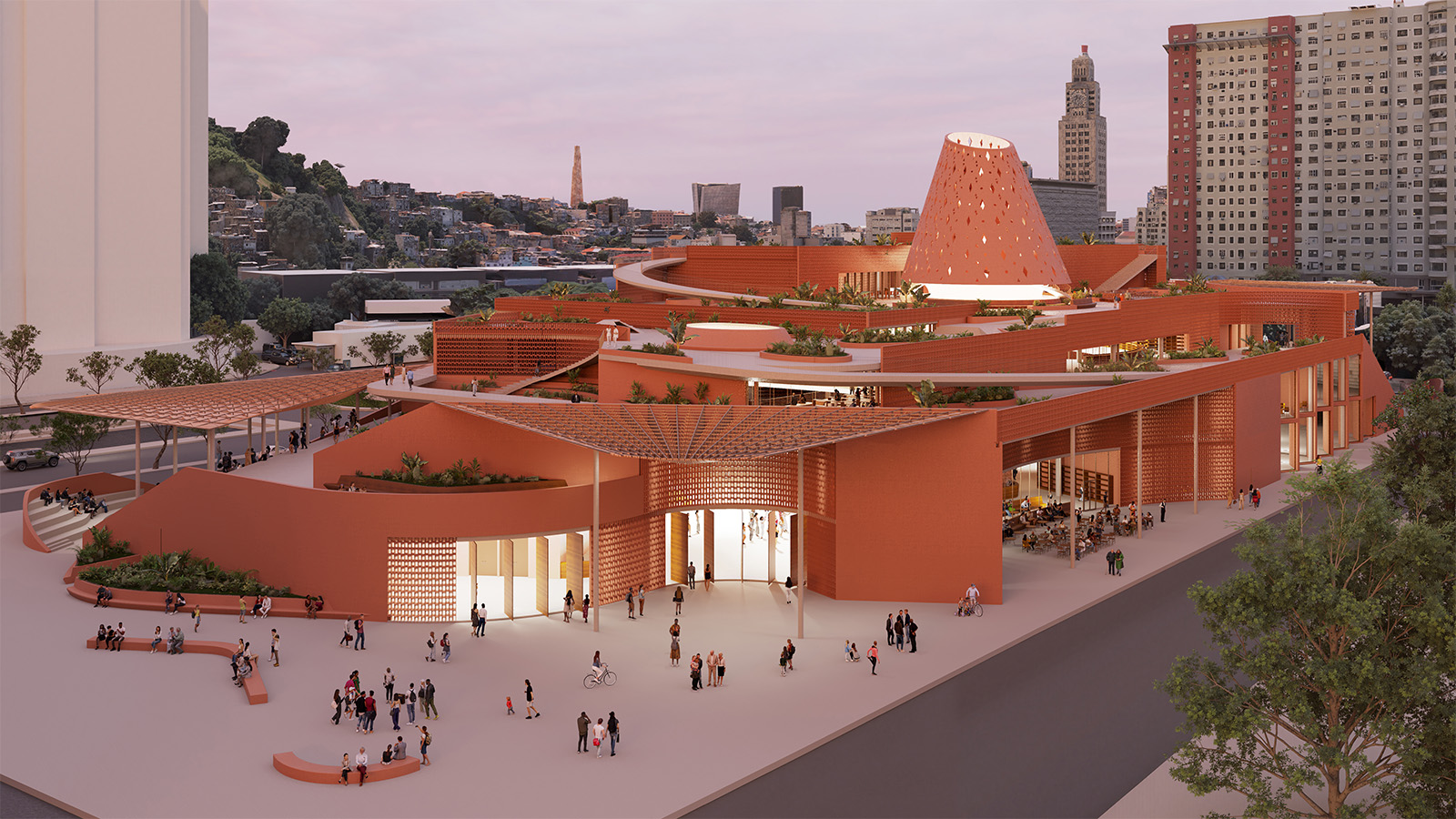 An exclusive look at Francis Kéré’s new library in Rio de Janeiro, the architect’s first project in South America
An exclusive look at Francis Kéré’s new library in Rio de Janeiro, the architect’s first project in South AmericaBiblioteca dos Saberes (The House of Wisdom) by Kéré Architecture is inspired by the 'tree of knowledge', and acts as a meeting point for different communities
-
 A Brasília apartment harnesses the power of optical illusion
A Brasília apartment harnesses the power of optical illusionCoDa Arquitetura’s Moiré apartment in the Brazilian capital uses smart materials to create visual contrast and an artful welcome
-
 This modernist home, designed by a disciple of Le Corbusier, is on the market
This modernist home, designed by a disciple of Le Corbusier, is on the marketAndré Wogenscky was a long-time collaborator and chief assistant of Le Corbusier; he built this home, a case study for post-war modernism, in 1957
-
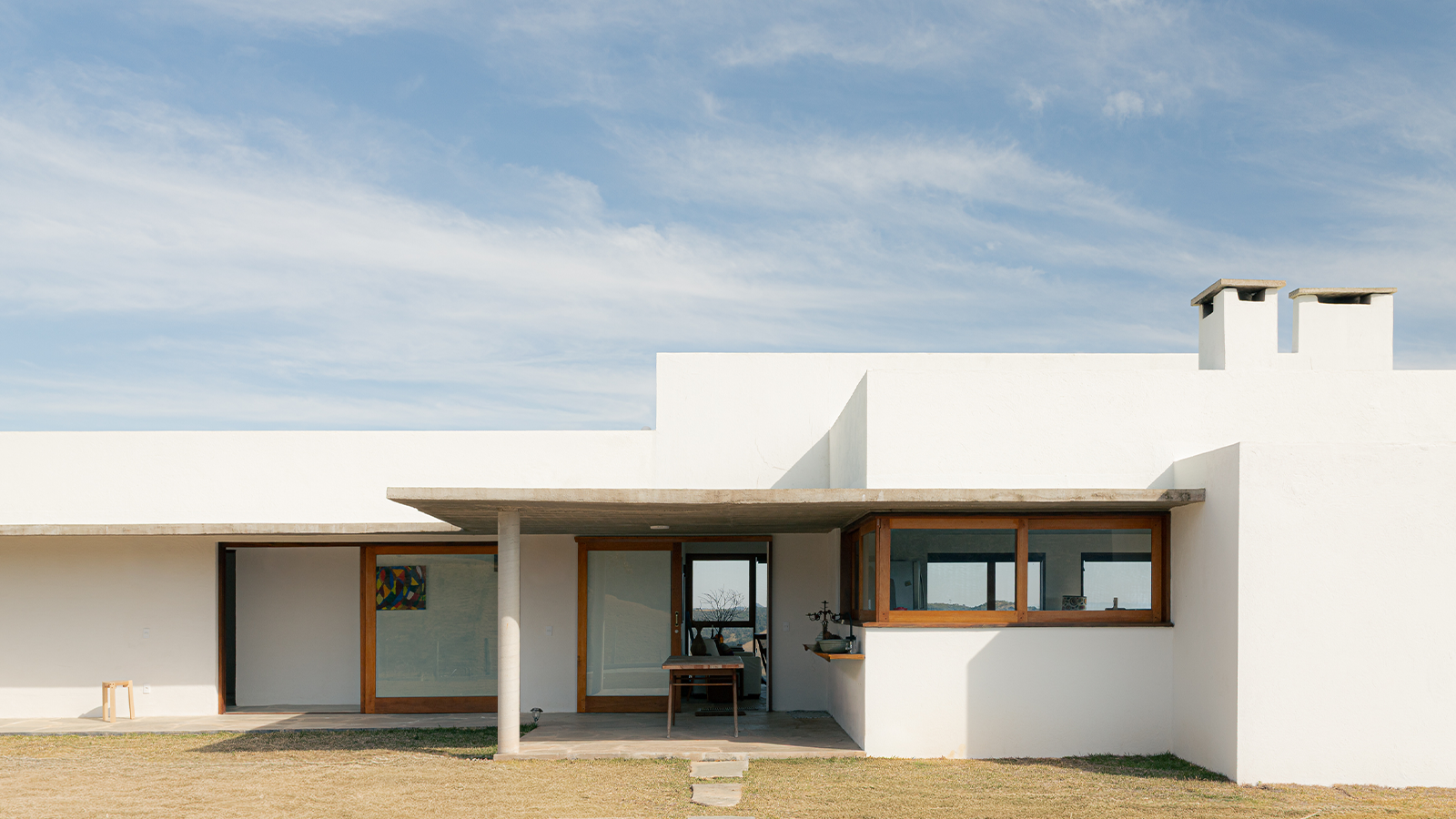 Inspired by farmhouses, a Cunha residence unites cosy charm with contemporary Brazilian living
Inspired by farmhouses, a Cunha residence unites cosy charm with contemporary Brazilian livingWhen designing this home in Cunha, upstate São Paulo, architect Roberto Brotero wanted the structure to become 'part of the mountains, without disappearing into them'
-
 Louis Kahn, the modernist architect and the man behind the myth
Louis Kahn, the modernist architect and the man behind the mythWe chart the life and work of Louis Kahn, one of the 20th century’s most prominent modernists and a revered professional; yet his personal life meant he was also an architectural enigma
-
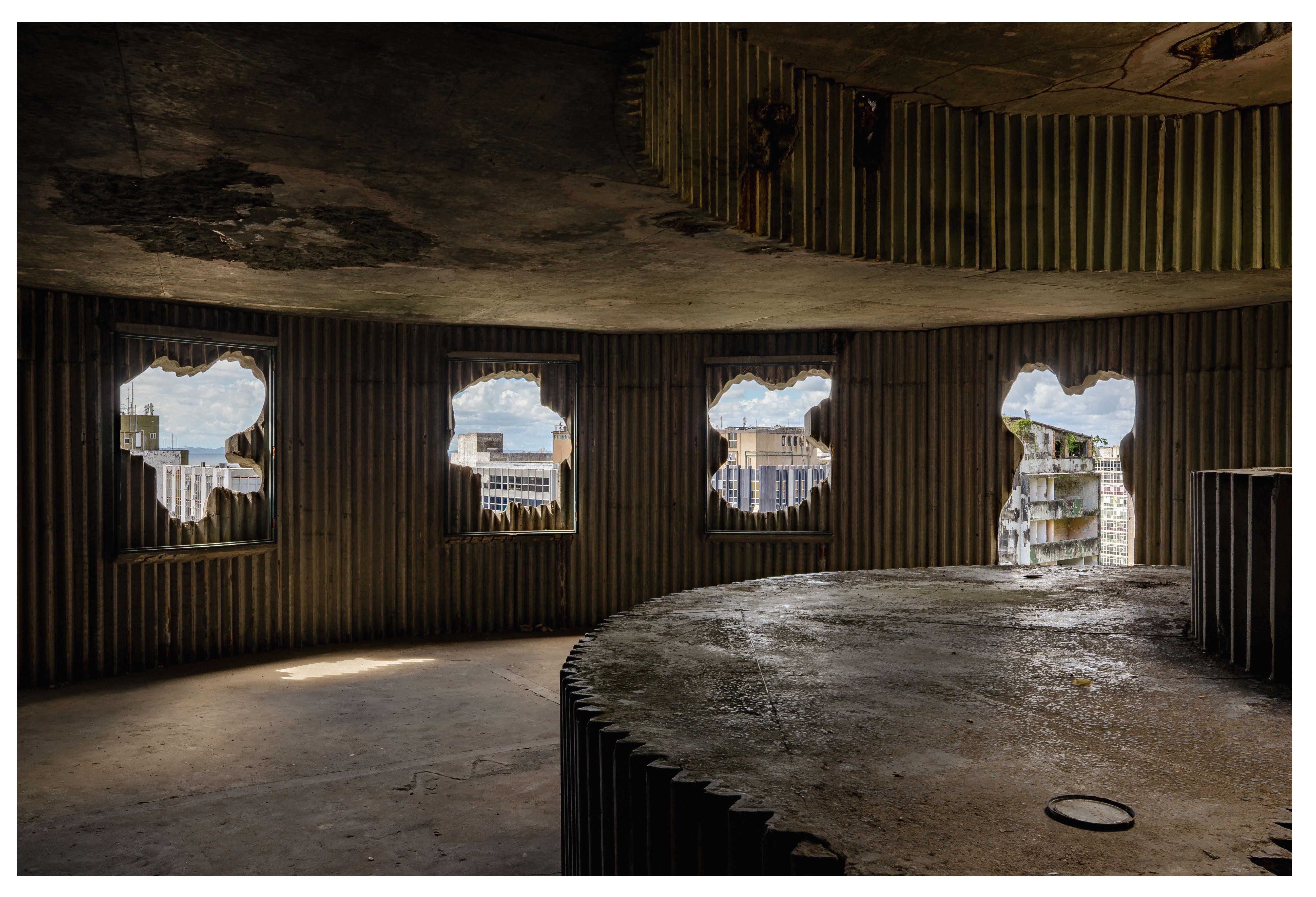 Arts institution Pivô breathes new life into neglected Lina Bo Bardi building in Bahia
Arts institution Pivô breathes new life into neglected Lina Bo Bardi building in BahiaNon-profit cultural institution Pivô is reactivating a Lina Bo Bardi landmark in Salvador da Bahia in a bid to foster artistic dialogue and community engagement